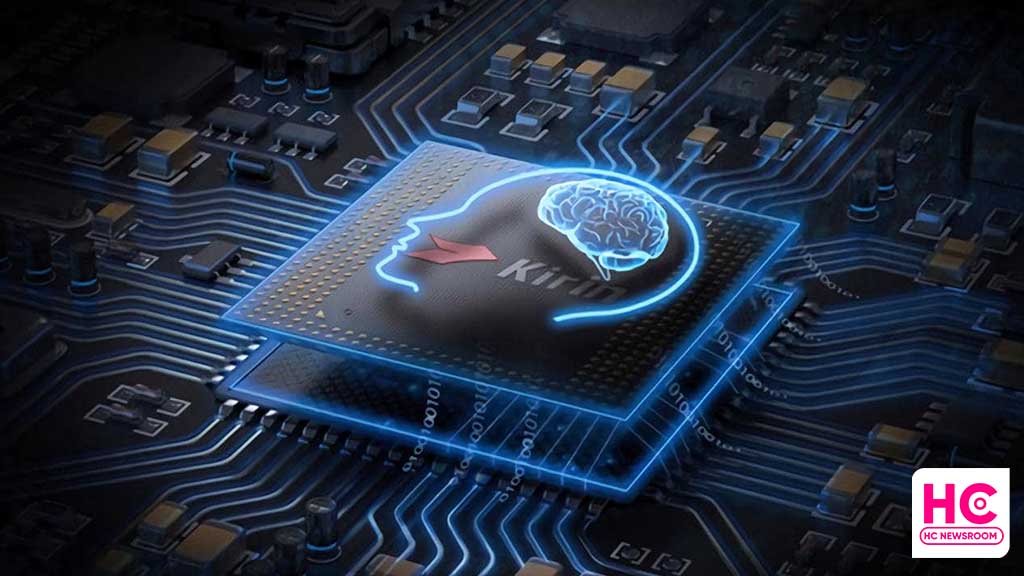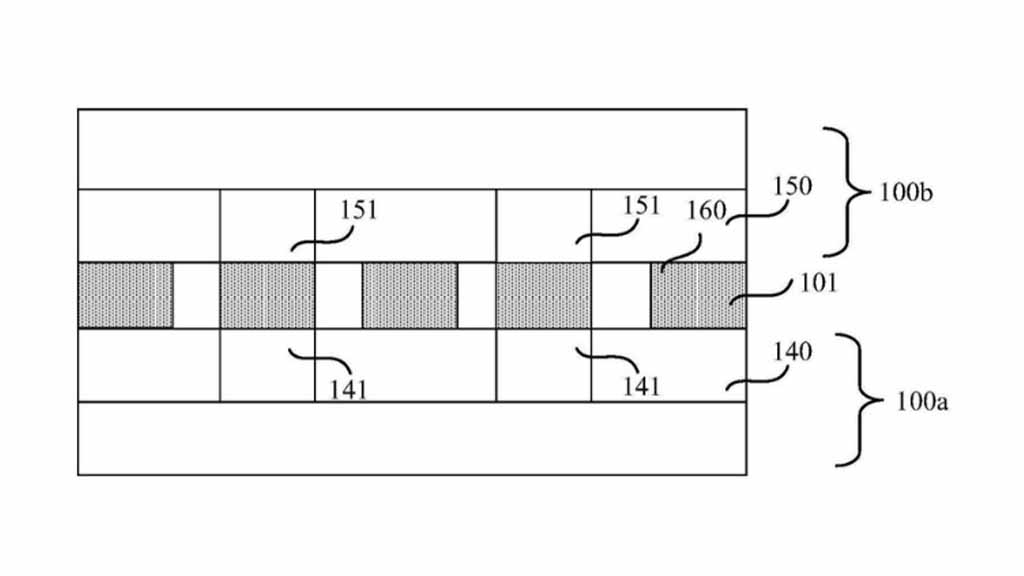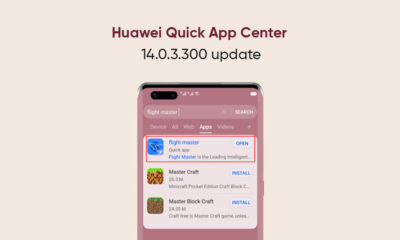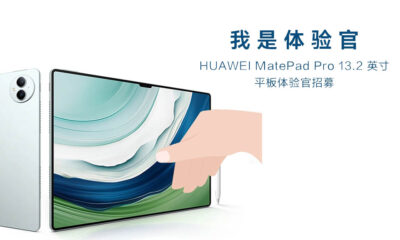Patent
Huawei can stack two 14nm chips to make a 7nm chip? Rumors are flying

Huawei recently published a new patent for chip stacking technology and it’s rumored that the company can stack two 14nm chips to make a 7nm chip. This 34/2 = 7 math is simple but the chip tech is a bit complicated.
According to the information, a patent with the number “CN116504752A” with the title “Chip stacking structure and its formation method, chip packaging structure, electronic equipment” was published by the Chinese patent office. This patent has a technological explanation of how manufacturers can stack two chip wafers together.
Before we move ahead, let’s take a look at a few details of chip stacking. Chip stacking is a method of attaching chips vertically to increase efficiency and make better use of the available space. The vertical assemblies can involve chips of the same size or different sizes. When the chips are different in size, they are stacked offset one on top of another, usually three or four die.

Rumor:
The latest patent once again sparked rumors. For example, it’s speculated that the patented technology can combine two 14nm chips together and achieve the performance and power consumption of a 7nm process. However, Huawei previously denied such news and rumors as false claims.
Why it’s false?
From the current perspective, there are some issues to form a combination between two chipsets. This includes management of thermal heat, electrical interconnection, packaging, testing, and other related chipset processing aspects.
To start, the stacked 14nm chipset needs to deliver power efficiency and consumption similar to a 7nm chip. Also, the stacked chip needs to consume enough power to provide a 7nm level to output the required performance. Eventually, the chip area must need to comply with the transistor used in both chipsets, which is completely against the law of chip development.
Currently, we can’t deny the rumor of a 14nm chip stack from Huawei. However, the arguments made above need some solid proof to make us believe, especially for a mobile processor.
To clarify, Huawei has not shared any indication of applying this patent to production.
(via)






